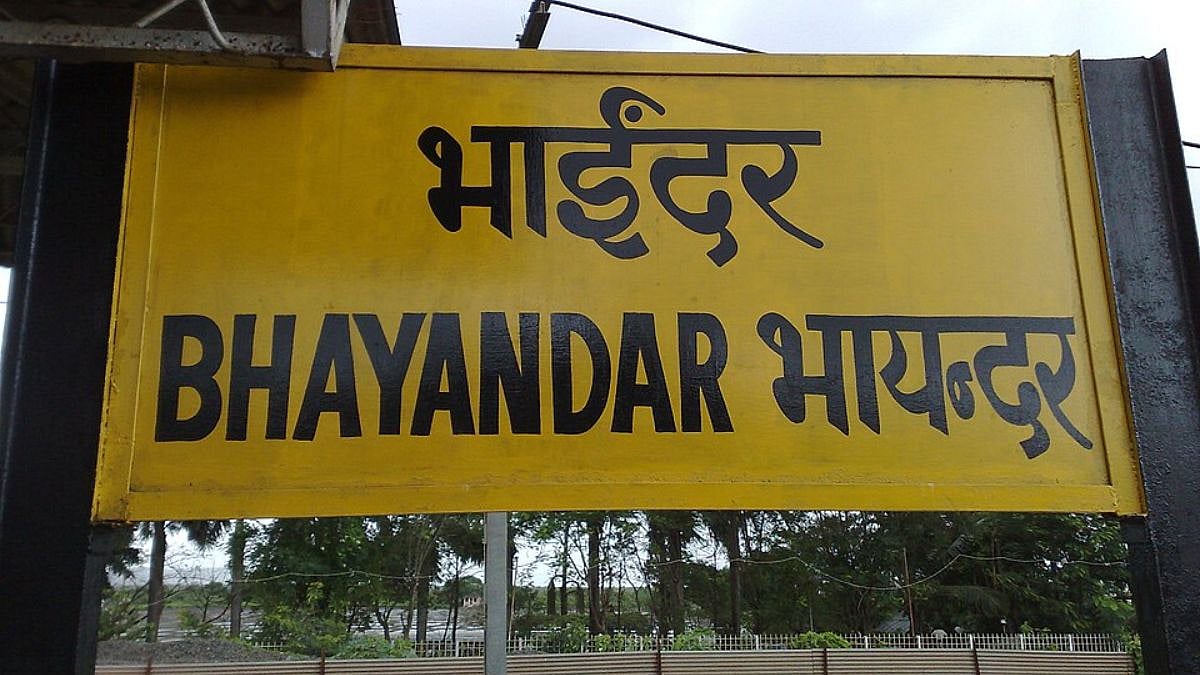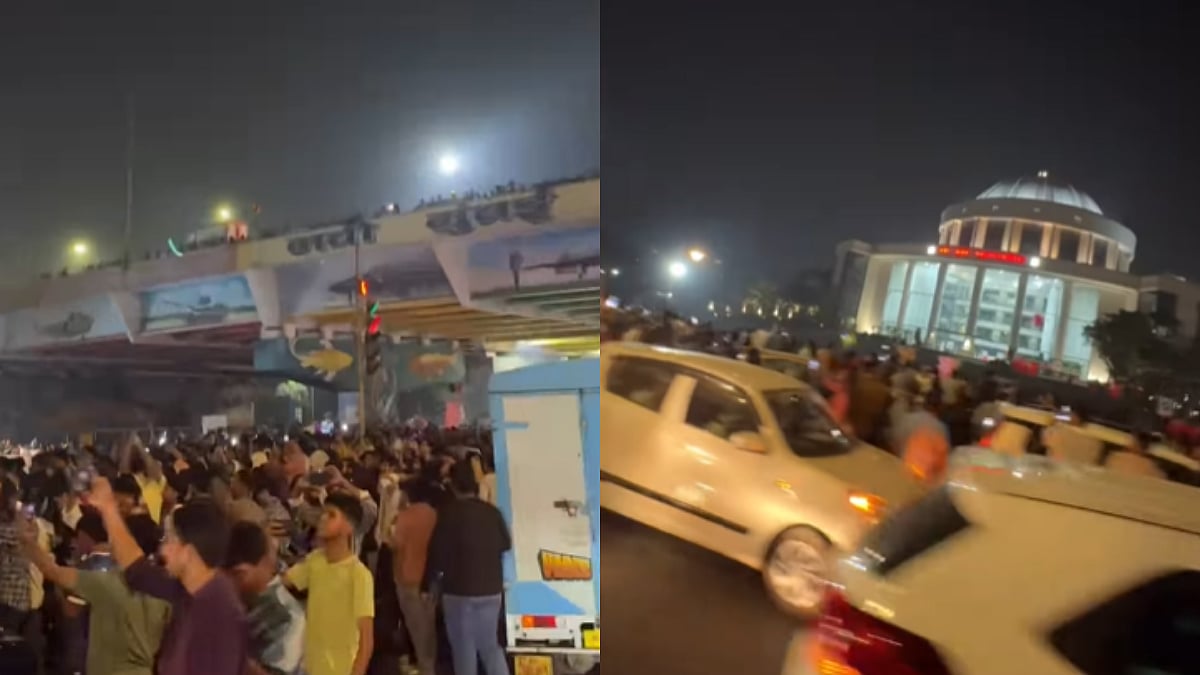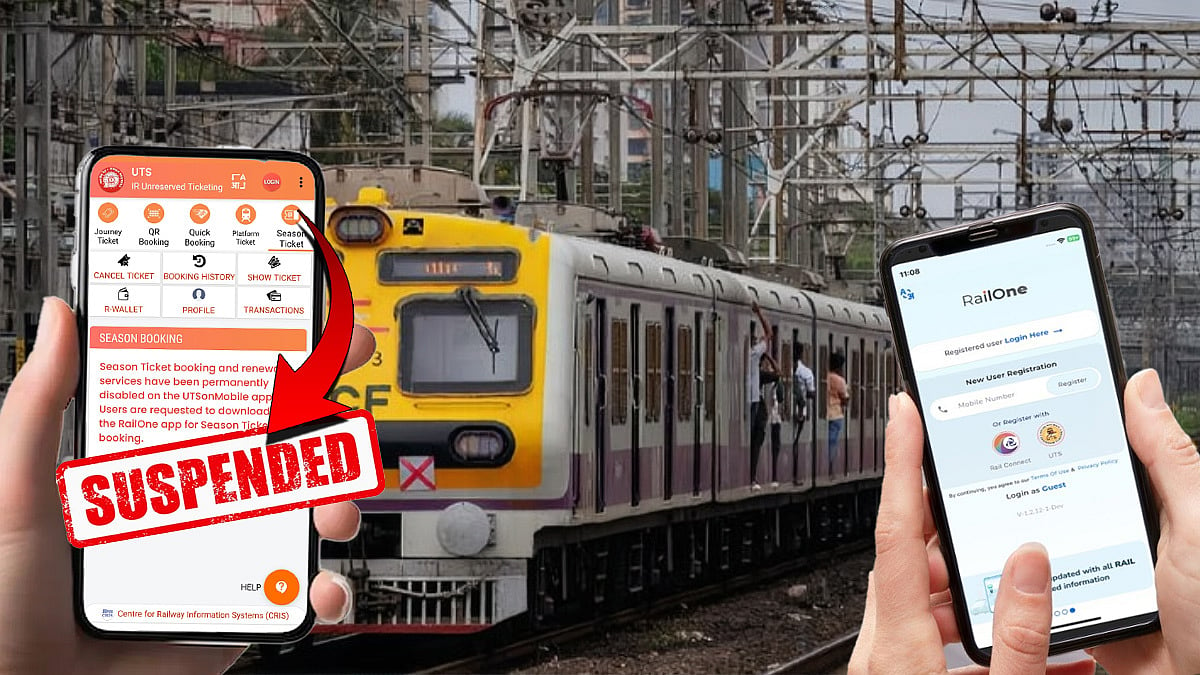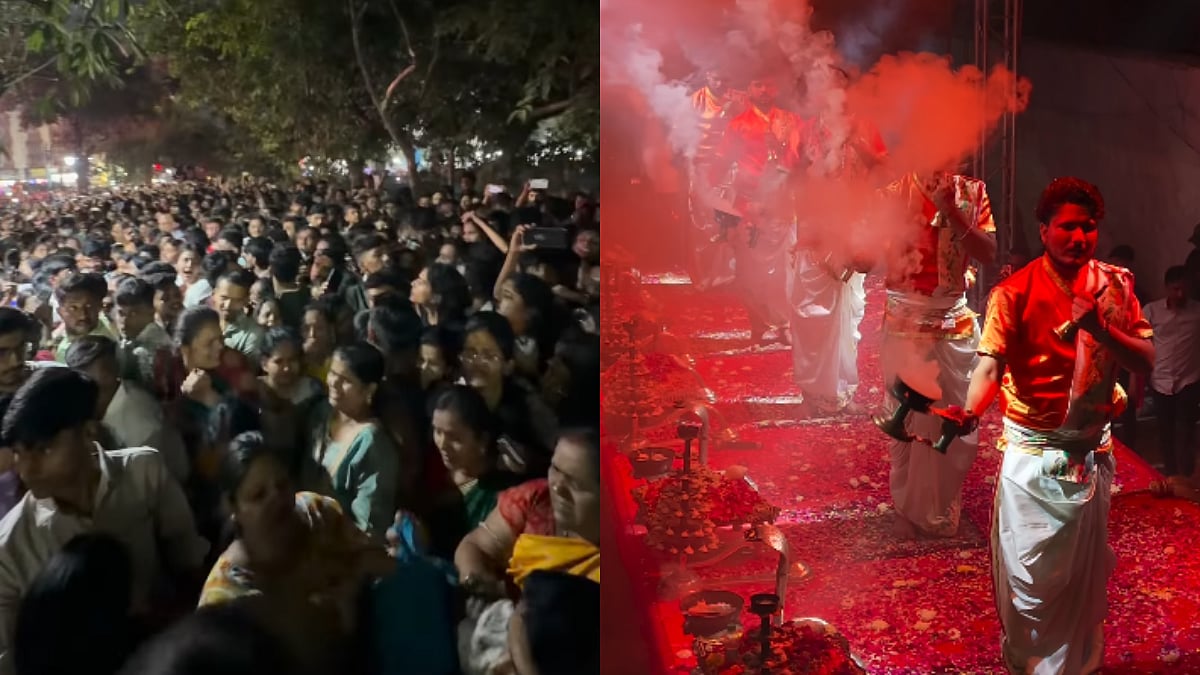Gang-man detecting rail factures was just a km away from the mishap spot
Mumbai : The gang-man responsible for the detection of the rail fractures along the stretch was just a kilometer away and had reached 134 km when the four coaches of Diva-Sawanthwadi Passenger Express derailed at 9:40 am at 135 km claiming 22 lives and injuring hundreds of others.
The four coaches along with the engine of the train derailed 135 km from the city while the train was passing through Bhise tunnel between Nagothna and Roha. An 8 km stretch of track is assigned to each gang-man. The gang-man is expected complete one round trip of the 8 kilometer stretch during the day. Gang-man who started his work at 8 am in the morning had reached 134 km when the derailment occurred just a km away.
GM, Sunil Kumar Sood said, “We are debating if there is a need to reduce the stretch allotted to each gang-man or if there need to increase the trip made by a gang-man.” The gang-man was given a section from 130 km to 138 km. On the suburban tracks a rail fracture or a welding failure is detected as electric current passes through the tracks. A crack in the tracks disrupts the electric flow which affects the signals. However, on non suburban tracks the detection of any rail fracture or welding fracture is done manually with the help of gang-men.
Sood said that a total of 250 rail fractures are detected manually by these gang-man on smaller divisions where as the numbers is far higher for longer sections. There is no technology available to detect fractures on a daily bases. The tracks undergo ultrasonic detection on a quarterly bases but the regular testing is done manually.
Sood further argued that even if a machine is developed for the regular testing of the tracks for any fractures the detection will not be as through as manually. Referring to the vacancy of the gang-man on the CR, Sood said, “There is always a 20 percent vacancy kept as the recruitment is done once in a year. The vacancy of gang-man done not mean that there are not sufficient of men in tracks inspecting the tracks for fractures.”
Iram Siddique









